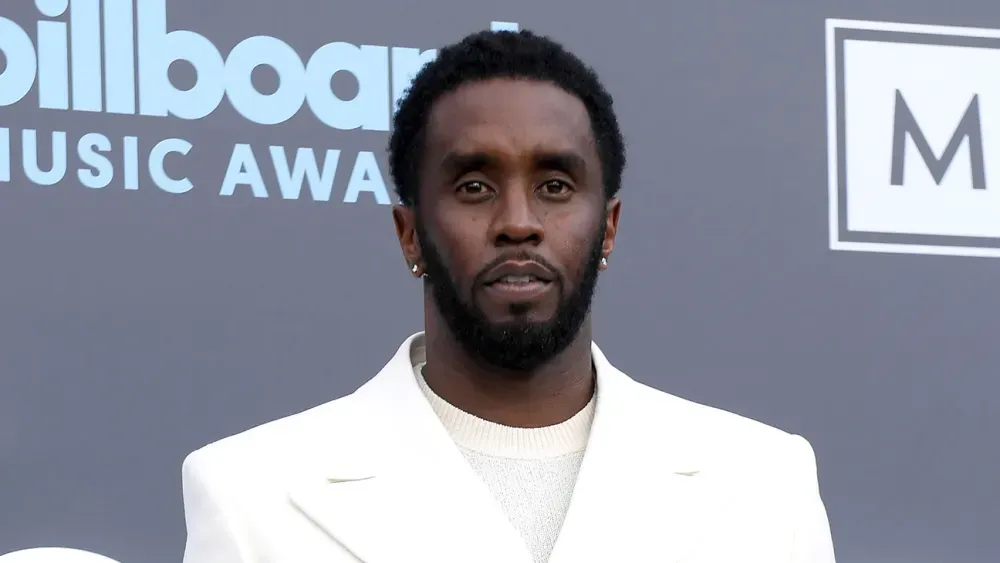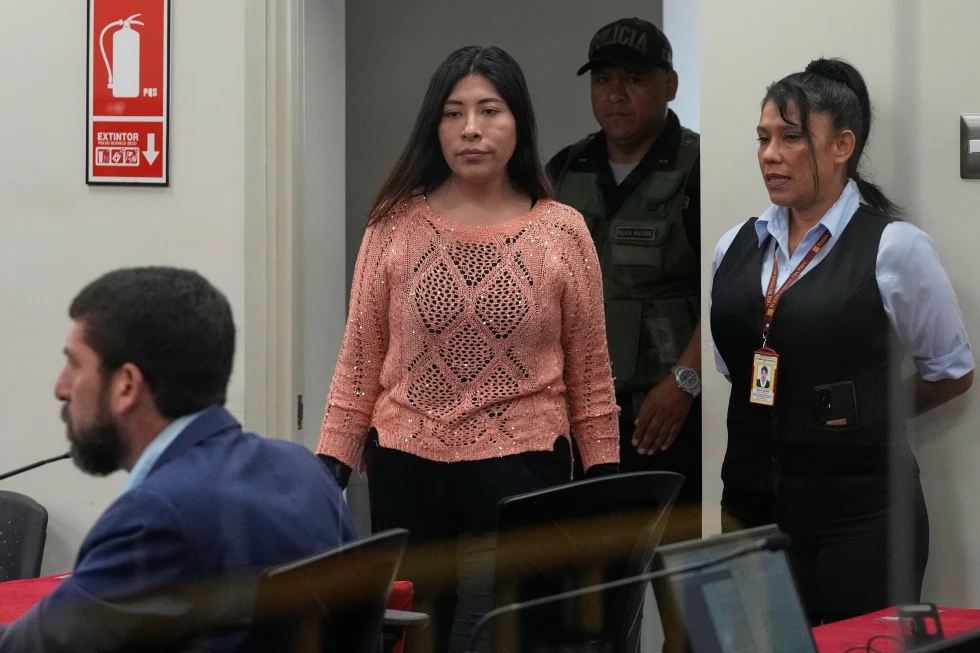Executive Summary:
Sean “Diddy” Combs was sentenced to more than four years in U.S. federal prison following his conviction in a case centered on sexual encounters, concluding a closely watched proceeding that featured stark witness testimony. The outcome underscores a broader, yearslong shift toward criminal accountability for powerful entertainment figures and raises practical questions for victims, Combs’s business ventures, and the wider music industry.
A turning point for a powerful figure
A federal judge’s decision to send Combs to prison is significant on its face: it’s unusual for a figure of his stature—an artist-turned-entrepreneur with decades of cultural influence and a sprawling business footprint—to be convicted and incarcerated. The court case, which featured harrowing testimony, moved beyond the civil lawsuits that have surrounded Combs in recent years and into the realm of criminal accountability. For the public, the headline is not only about one celebrity’s fate, but what it signals: law enforcement and courts are increasingly willing to test difficult cases involving allegations of sexual exploitation and coercion against high-profile defendants, even when those cases are complex and highly publicized.
What led here
This sentencing lands after a long period of scrutiny of Combs’s conduct. In the last few years, he faced multiple civil allegations and an intensifying federal investigation that drew national attention, including law enforcement raids and a stream of lawsuits that painted a portrait of abuse and power imbalance. Combs publicly denied many of the allegations, and at times his team pushed back on the claims as opportunistic. Even so, public pressure mounted as more accusers came forward, parts of the music industry distanced themselves, and prosecutors pursued the case that ultimately led to a conviction. The shift from civil courtrooms to a federal criminal verdict is a threshold that only a small number of entertainment executives and artists have crossed in the #MeToo era, and it typically reflects prosecutors’ confidence in corroboration, witness consistency, and a pattern of conduct beyond one courtroom
For survivors and advocacy groups, a case like this can be a double-edged moment—both validating and retraumatizing. A conviction may encourage others who have experienced abuse to report it, but it also highlights how difficult and slow these cases can be, and how much scrutiny victims face when powerful defendants are involved. For ordinary people, the message is that the justice system can reach even those with immense resources and influence, but it takes sustained attention, institutional cooperation, and credible evidence. The ruling may also influence how the entertainment industry handles complaints internally, as labels, TV networks, and sponsors continue reevaluating their risk controls, vetting practices, and crisis response. Expect brands and partners tied to Combs to reassess contracts and licensing, while insurers and lenders weigh legal exposure against reputational risk—effects that can ripple to employees, contractors, and smaller vendors who depend on those businesses.
Business fallout and industry recalibration
Combs’s enterprises—spanning recorded music, media, fashion, and spirits partnerships over the years—have already been under pressure. With a prison sentence now in play, decision-making shifts to boards, managers, and courts. Leadership changes, asset sales, or restructuring could follow as stakeholders look for stability and legal clarity. Music catalogs tied to Combs may face renewed scrutiny over royalty flows, compliance, and credit lines; distribution and streaming platforms will likely stick to established policies, which typically keep music available while distancing from the persona through reduced promotion or content advisories. Meanwhile, peers across the industry are watching the legal standards and prosecutorial tactics that carried this case, especially around digital evidence, corroboration across civil and criminal venues, and how witness safety and non-disclosure agreements intersect with public-interest prosecutions.
Legal next steps and practica
A sentence of just over four years in the federal system is substantial but not career-ending in purely temporal terms; the Bureau of Prisons can offer limited good-time credit, and supervised release often follows incarceration. Defense attorneys routinely pursue appeals focused on evidentiary rulings, jury instructions, or sentencing calculations, so further litigation is likely. Restitution, forfeiture, and ongoing civil claims could add financial strain. Internationally, a felony conviction complicates travel: countries such as Canada, the United Kingdom, and Australia can deny entry to individuals with certain criminal records, constraining future tours or business engagements and limiting in-person oversight of overseas ventures. For accusers, the court’s findings may aid related civil actions, though each case turns on its own facts and standards of proof
The immediate questions are straightforward: the details of the judgment and any restitution orders; the scope and timing of appeal filings; and how Combs’s businesses move to stabilize operations. Over the medium term, pay attention to whether this case sets practical benchmarks for prosecuting high-profile sexual exploitation cases—particularly how investigators weave witness testimony, digital records, and long timelines into a coherent narrative that survives cross-examination. More broadly, this outcome will feed into an international conversation about power, consent, and accountability in entertainment, a debate that no longer stops at the edge of publicity, and increasingly arrives in court.















Discussion